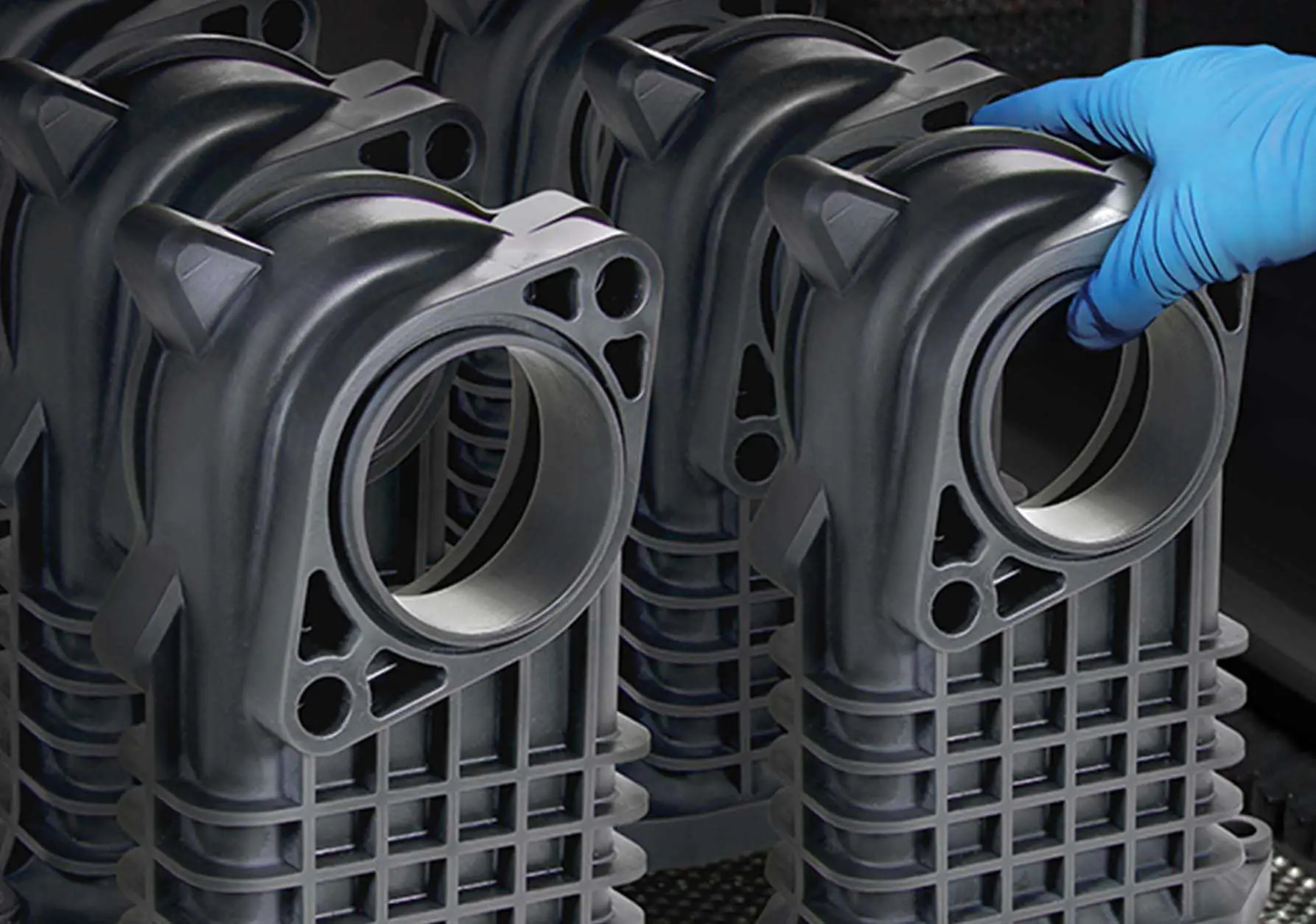In 2025, Oppo continued the “lightness and finesse” of mobile phones, while 3D printing opened a “window” in the consumer electronics.
In 2023, Honor Magic V2 introduced for the first time 3D 3D 3D hinge technology in the field of folding mobile phones. at that time. In 2025, Oppo Find N5 still made a breakthrough, using the printed hinge in alloy alloy alloy in alloy in titanium of 0.15 mm thinner in the world, reaching a new industry record of only 8, 93 mm in the thickness of the body, becoming the new “thinnest king” in the field of foldable mobile phones.
On February 13, Oppo officially released to Marina Bay ParkThe slimmest folding flagship phone in the world, find N5Its main breakthrough lies in the first mass production in the worldHinges in printed titanium alloy of 0.15 mm 3D. The technology was developed jointly by Oppo and Berlit, the leader of the 3D printing industry. To reach the objective of ultimate lightness and a high force of the hinge wings.
It should be mentioned that traditional hinge manufacturing processes cannot meet the strict N5 research requirements for slimming and precision, and 3D printing titanium alloy technology can build with precision the alloy structures titanium in the smallest units. Oppo and Berlit work together, after a year of hard work, have managed to increase the resistance of the hinge plate by 120%, the impact and resistance to the fall of the frame in the external tree by 100%, and The overall rigidity of the hinge was increased by 36%, which is for users.
Xue Lei, President and Managing Director of Bolite, said at the press conference: “0.15 mm is just a small step in the thickness of a thin plate, but it’s a big step in The manufacture of precision of all industry. Manufacturing of metal additives for the field of consumer electronics. “
The production of Oppo hinges finds N5 is an “extreme challenge” of precision manufacturing.
The use of a brand new 3D printing process not only requires solving technical problems such as deformation of ultra-thin parts and control of residual constraints, but also requires balanced cost and efficiency. Finally, after optimizing the process, the bottlenecking bottleneck for large-scale mass production has been successfully broken, and the molding time in one piece was shortened to 2-3 minutes, and the Recycling and reuse of 100% titanium powder have been made, considerably reducing production costs.
Let’s review the production process of 3D printing hinges in titanium alloy, which can be almost divided into three main stages:
1 and 1 Printing and training: Using laser powder powder fusion technology (LPBF), titanium alloy powder is a layer sprinkled by layer at a high temperature of 3500 ℃ to obtain an integrated high precision manufacturing of complex geometric structures (such as than wing plates).
2 Post-processing: Including 28 processes such as suppression, heat treatment and precision polishing. Among them, polishing and grinding are the greatest difficulty.
3 and 3 Assembly and test: Assembly of the hinge must spend 500,000 folding tests, fall impact tests and waterproof certification to guarantee its long -term reliability.
According to a research report published by Great Wall Securities, it is expected that the size of the 3D printing equipment in titanium alloy in industry 3C will reach 7.248 billion yuan in 2026, an increase of nearly Five times in three years. According to previous IDC forecasts, foldable screen mobile phones will represent 40% to 50% of the high -end market in 2025, which will lead to the explosion of 3D printing demand in titanium alloy.
According to the resource database, in addition to honor and OPPO, many manufacturers also accelerate the layout of 3D printing technology in titanium alloy. In the second generation Apple Watch Ultra published by Apple, some mechanical titanium parts use 3D printing technology. Samsung and Huawei are testing titanium alloy hinge technology and should be applied to products between 2025 and 2026.
Why do mobile phone manufacturers turn to 3D printing hinges?
The main reasons mainly include the following points: first,Material factorsTitanium alloy (Ti-6al-4V) has double the resistance of ordinary stainless steel, and its density is only 60% steel, which is very in accordance with the demand for “light + High resistance “Folding screen mobile phones. Second, 3D printing can create what traditional processes cannotSpecial shape structureLike hollow wing plates, optimizes not only the mechanical properties of the hinge, but also reduces the number of parts and reduces the complexity of the assembly. Finally,Cost reductionIt is also a key factor.
As you can see, 3D printing technology is gradually changing the development of prototypes in mass production. From Honor Magic V2 to Oppo Find N5, this marks that the technology for manufacturing metal additives has officially become a key technical path for components of electronic consumer public, and the manufacture of consumer electronics has also entered “L ‘Precision additive era “.





